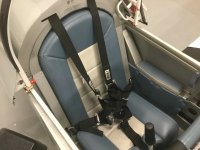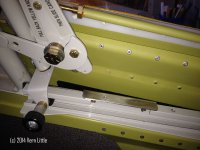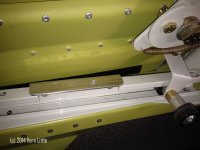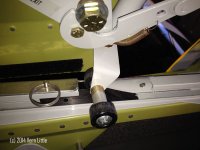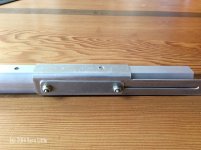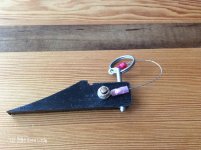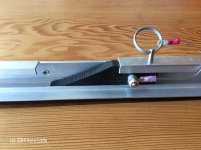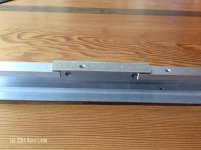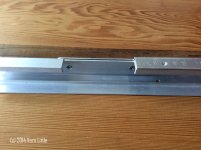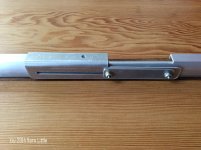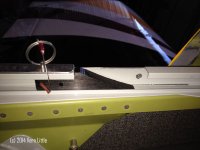Hi!
I know that the down lines are the hard part of RV-8 aerobatics, because of the speed you can reach quickly when pointing the nose directly down.
I want to do sportsman level competition, and so am adding flop tubes, inverted oil, and an aerobatic prop with my injected engine. That said, it seems like the speed increase is directly related to aerodynamics right?
With that in mind, mods like the fastback or aftermarket cowlings would only make the situation worse, right? Those are claimed to be more aerodynamic than the default options - so the down lines would speed up even faster.
Is this logic sound? It seems pretty straightforward to me, but I’ve also been known to overthink things. Would it really matter?
I do think a canopy ejection would be easier with the fastback vs the slide back option, for the case of actually needing that IAC required parachute. But maybe not?
I know that the down lines are the hard part of RV-8 aerobatics, because of the speed you can reach quickly when pointing the nose directly down.
I want to do sportsman level competition, and so am adding flop tubes, inverted oil, and an aerobatic prop with my injected engine. That said, it seems like the speed increase is directly related to aerodynamics right?
With that in mind, mods like the fastback or aftermarket cowlings would only make the situation worse, right? Those are claimed to be more aerodynamic than the default options - so the down lines would speed up even faster.
Is this logic sound? It seems pretty straightforward to me, but I’ve also been known to overthink things. Would it really matter?
I do think a canopy ejection would be easier with the fastback vs the slide back option, for the case of actually needing that IAC required parachute. But maybe not?



